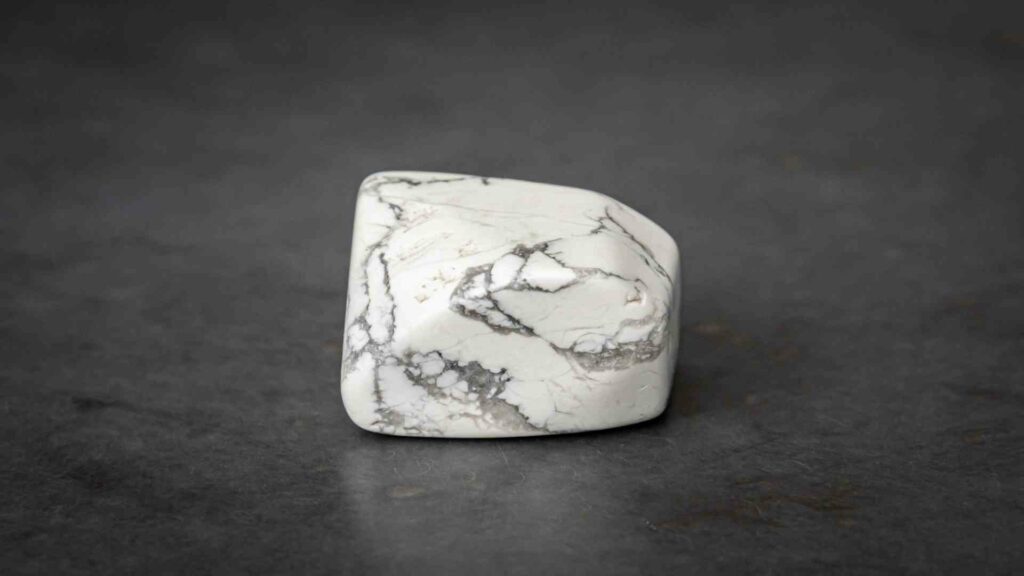Introduction to Boron
Boron is an incredibly versatile mineral whose diverse properties have made it essential in a wide range of industries from aerospace to construction, automotive, and even healthcare. Its importance has grown exponentially as its worth for energy solutions, food security, and decarbonization become clearer than ever before.

Boron
History and Structure of Boron
Boron has the chemical element symbol B and the atomic number 5. In its solid form, boron is a metalloid at room temperature. Amorphous forms are brown powders; crystalline forms are brittle, dark metalloids. Having three valence electrons allows boron to form covalent bonds, resulting in boric acid, sodium borate, and the ultra-hard crystal boron carbide.
This element has been used naturally since ancient times, such as ceramic ware. It was first discovered in the laboratory by Joseph-Louis Gay-Lussac and Louis-Jaques Thénard, French chemists, and independently by Sir Humphry Davy, an English chemist, in 1808 when boron was in isolated form by combining boric acid (H3BO3) with potassium.
Physical Properties of Boron
The first element of the B family, i.e., the boron itself, has some physical properties different from the rest of the members. It is a hard and black-colored, non-metallic solid.
Boron exists in a wide range of allotropic forms. The crystal lattice gives it an unusually high melting point. Meanwhile, the rest of the group is soft and has a low melting point. Boron allotropes are highly electrically conductive.
It has a harder surface than a diamond. Diamond has a Moh’s hardness of 10 while boron has a hardness of 9.5.
In addition, it is lighter than steel. Boron weighs only 1 gram per cubic centimeter compared to steel’s 7.9 grams.
Despite its lightness, it is more heat resistant than steel. The melting point of steel is 2,200 degrees Celsius, whereas the melting point of boron is 2,700 degrees Celsius. It is the ideal mineral for applications where high temperature and high pressure can affect performance.
In addition to being anti-microbial, it is also good for your skin. It keeps bacteria at bay. Bacteria can’t live without oxygen. We have difficulty breathing when the air is contaminated with viruses, fungi, and mould. It makes us sick. Boron facilitates improved respiratory function and also impedes the spread of germs.
Boron also has anti-corrosive properties. Corrosion happens when metals oxidize. That’s when oxygen reacts with metals. When metals are exposed to water and oxygen, they corrode. But it prevents metals from getting oxidized. Unsurprisingly, it is used as a coating on many different metals to prevent corrosion from taking place, such as Nickel Boron.
What is Boron Used For?
It is prized to create advanced forms of energy and reduce carbon dioxide emissions. Applications include manufacturing semiconductors, glass, ceramics, plastics, paints, pharmaceuticals, fertilizers, explosives, batteries, fuel cells, construction, and healthcare.
1. Green and Clean Energy
Clean fuel is a fuel source that emits fewer pollutants when burned. Clean fuels are natural or synthetic. Gasification of coal, biomass conversion, biofuel production, solar thermal power generation, hydroelectricity, wind power, and nuclear power generation are all examples of green energy.
The chemical element has been utilized for decades in the manufacture of fuels. A cleaner-burning fuel is due to boric acid, which removes impurities and improves combustion. This additive is used to improve the quality of gasoline by removing sulfur and other contaminants from the fuel system.
Boron reduces particulate emissions by burning more efficiently than other additives. As a result, soot and pollution produced during combustion are reduced.
It is a vital fuel additive for efficient and clean engine performance. Research is also going on into Hydrogen-boron fuel, which can power a vehicle for 80,000km with a few drops of fuel.
Solar cells containing these compounds serve as light-sensitive materials. These compounds absorb light from the sun. We can then convert these electrons into energy by releasing them from a metal electrode or wire, flowing down a conductor.
Boron is also utilized in the manufacture of wind turbines. In this case, the blades are made lighter due to the combination of glass and other ingredients. It is responsible for reducing air resistance so that the blades can spin faster and generate more power.
2. Boron in Ceramics Application
Approximately 12% of ceramic glazes and enamels contain boron compounds as a means of improving appearance, reducing firing times, lowering glass viscosity, and lowering surface tension.
Boron also enhances the final product’s corrosion resistance, mechanical strength, and scratch resistance by increasing its durability and resistance to chemicals and aqueous attacks.
The percentage of ceramic glazes used in tile production ranges from 75 to 80%, instead of 10-15% for sanitary ware or 5-10% for tableware. As far as its use is concerned, tiles are the most crucial glazed product. The use of borate in tableware glazes, including porcelain, china, and stoneware, is common.
3. Boron in Micronutrients Applications
Boron is among the most critical micronutrients ensuring healthy crop and plant growth. About 13% of boron provides nutrition for plants and crops and human health.
In addition to acting as a catalyst in cell division, it also contributes to plant resistance to disease. There is no doubt that a lack of boron leads to stunted growth of plants, increased pest infestations, and decreased crop yields.
Boron deficiency can have catastrophic effects on an individual’s health and well-being, especially when it is prevalent in underdeveloped countries, where agricultural resources are scarce, and food security is low.
Approximately 45% of the world’s population does not consume enough boron to meet their bodily requirements. Researchers worldwide are collaborating to find solutions to this problem to combat it. As a result of their actions, global nutrition levels will be improved by providing access to nutrient-rich foods such as fruits, vegetables, and legumes.
Borosilicate Glass
Borates contribute substantially to the strength, heat, and impact resistance of glass and glass fibers, making them desirable for laboratory and professional glass use in laboratories and high-end hospitality, including kitchens and catering. The amount of boron used in glass production is approximately 52%, making for more robust and durable glassware.
Traditional glassware products have been made from soda-lime glass, which tends to be less durable and more prone to breaking. Borosilicate glasses are often used in the kitchen and laboratory setting because they are more potent than regular glass products.
The strength of borosilicate glass does not change over time, making it an ideal material for use with corrosive chemicals such as sulfuric acid, which is why they are also used in various industrial applications. There are several reasons why borosilicate glass is better than regular glass: It is more durable, won’t be as easily damaged, and can withstand higher temperatures without deteriorating.
Fiberglass
A new class of advanced composites has been developed using boronated fiberglass. These composites have a wide variety of beneficial properties and applications. It has been discovered that boron-containing glass fibers can be used in high-temperature insulation materials with good thermal conductivity for the aerospace industry. Furthermore, it is anticipated that the innovative material will make a great deal of difference in many other fields.





